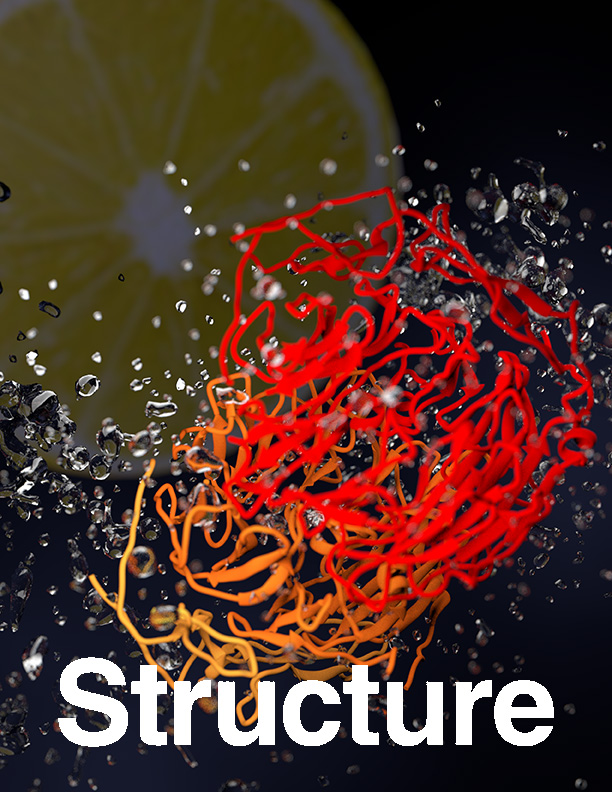
Dovile Januliene, Jacob Lauwring Andersen, Jeppe Achton Nielsen, Esben Meldgaard Quistgaard, MariaHansen1DortheStrandbygaard, Arne Moeller, Claus Munck Petersen, Peder Madsen, Søren Skou Thirup
Sortilin is a neuronal receptor involved in transmembrane signaling, endocytosis, and intracellular sorting of proteins. It cycles through a number of cellular compartments where it encounters various acidic conditions. The crystal structure of the sortilin ectodomain has previously been determined at neutral pH. Here, we present the 3.5-Å resolution crystal structure of sortilin at pH 5.5, which represents an environment similar to that of late endosomes, where ligands are released. The structure reveals an overall distortion of the 10-bladed β-propeller domain. This distortion and specific conformational changes, caused by protonation of a number of histidine residues, render the currently known binding sites unavailable for ligand binding. Access to the binding sites is furthermore blocked by a reversible and pH-dependent formation of tight sortilin dimers, also confirmed by electron microscopy, size-exclusion chromatography, and mutational studies. This study reveals how sortilin binding sites are disrupted and explains pH-dependent ligand affinity.